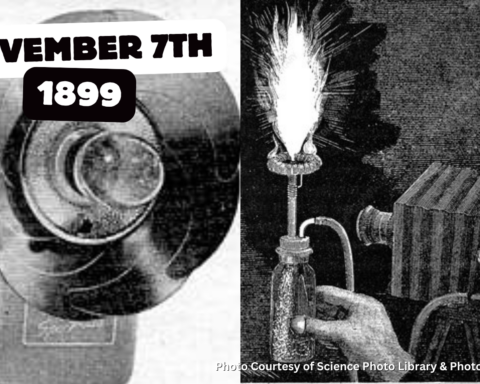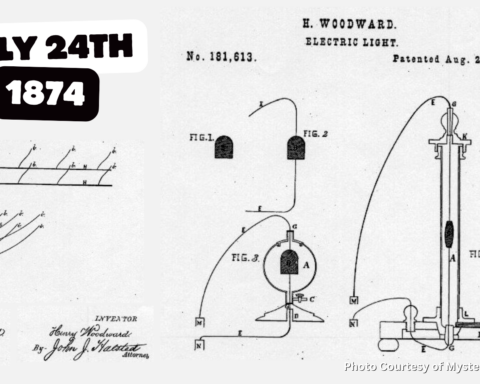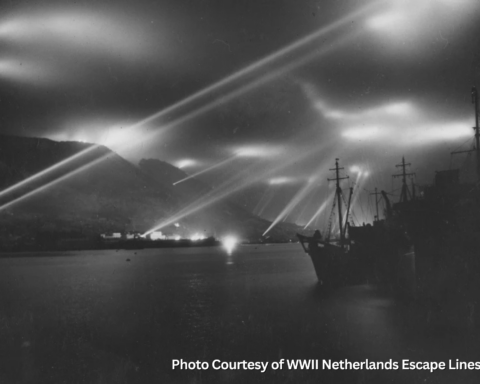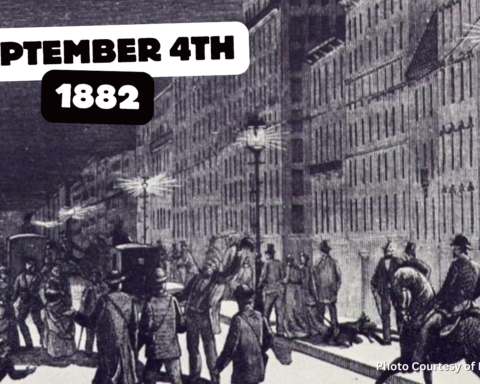October 17th, 1903
In 1903, Niels Ryberg Finsen was awarded the Nobel Prize for his invention of light therapy for skin tuberculosis (lupus vulgaris). His breakthrough research on the effects of light on humans has earned Finsen the moniker of the Father of Phototherapy. During medical school, he became interested in the effects of light on living organisms. In 1893, Finsen found that lengthy exposure of smallpox sufferers to the red light formed by exclusion of the violet end of the spectrum prevents the suppuration of the pustules, or formation of characteristic pockmarks.
Aware of the bacteria-destroying effects of sunlight, he developed an ultraviolet treatment for lupus vulgar, a form of skin tuberculosis, which was met with great success. Although phototherapy has largely been superseded by other forms of radiation and drug therapy, Finsen’s work did much to encourage the radiation therapy then being developed and led to the use of ultraviolet sterilization techniques in bacteriological research. Finsen’s Medical Light Institute (now the Finsen Institute) was founded in Copenhagen in 1896.
Photo Courtesy of History Daily.





